The Lone Gunman Myth
November 11, 2021 - Conspiracy
A lot of the prominent political killings of the 19th and 20th centuries were committed by lone gunmen. These gunmen have killed prominent politicians and world leaders. These were events with enormous consequences for both domestic and foreign policy. Yet, we are told that these men largely acted alone without the backing of powerful state actors and motivated by ideals not power. We were told that they were not members of the government, not foreign agents, not soldiers, and not usurpers, but simply rogue criminals. In other words, there was no conspiracy, just a killer on the loose. Let’s take a brief look at some of these assassins.
-
Charles J. Guiteau assassinated President James Garfield. Guiteau allegedly felt Garfield ought to reward him a consulship in Vienna or Paris, but became angered when the President disregarded his applications.
-
Leon Czolgosz assassinated President William McKinley. Czolgosz was an anarchist who allegedly felt that the President was an oppressor of the people.
-
Lee Harvey Oswald assassinated President John F. Kennedy. Oswald was a communist with a disdain for American society, which he allegedly sought to manifest through his killing of JFK.
-
Sirhan Sirhan assassinated Robert F. Kennedy. Sirhan allegedly killed RFK as revenge for ongoing conflict in the Middle East, ostensibly caused by the United States’ involvement.
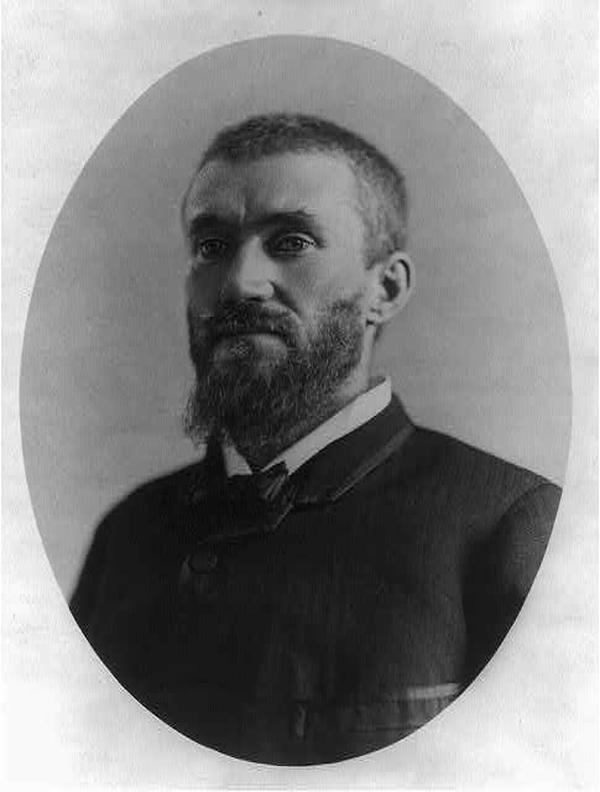
In addition to these lone gunmen, we also have some lone gunmen groups. In other words, a group of men acting without the backing of powerful entities and acting only on their ideals.
-
John Wilkes Booth collaborated with six others to assassinate President Abraham Lincoln. They also attempted to assassinate Vice President Andrew Johnson, and Secretary of State William Seward, but were unsuccessful. Booth and his conspirators were a group of Confederate sympathizers who wished to throw a wrench into the newly victorious Union government.
-
Gavrilo Princip collaborated with five others to assassinate Archduke Franz Ferdinand. They also incidentally killed Duchess Sophie Chotek. The group were supposedly comprised Yugoslav nationalists seeking to unite the Serbs, Croats, and Slovenes together.
-
Nathuram Godse collaborated with eight others to assassinate Mahatma Gandhi. According to Godse, Gandhi’s one-sided insistence of non-violence by Hindus towards Muslims prevented Hindus from defending themselves during conflicts that arose from the partition of India and Pakistan.

There are of course others, but these were the most prominent assassins. But, close your eyes for a second and try to think of a lone assassin killing a prominent political figure before the 18th century. Can’t think of one? Yeah, me neither. Very curious, but I’m sure there’s a perfectly reasonable explanation!
In reality, the lone gunman phenomenon is a recent one. Historically speaking, people kill leaders and heads of state for practical reasons. It ensures that they or their faction captures power. People are not accustomed to carrying out such risky operations for ideals. Even the Bolshevik Revolution was not carried out for ideals. It was carried out because the Bolsheviks believed that they ought to be in charge, not the Tsar. I will show, by analyzing heads of states from different civilizations, that leaders are not killed for ideals, but for power.
The English monarchs
First we will take a look at the line of English monarchs from Edward the Conqueror to George VI, the father of Queen Elizabeth II. There were of course other kings before Edward, but it’s not clear that those monarchs were really English kings. They were also often King of the Danes or King of Norway, such as Cnut the Great. Thus, we start with Edward the Conqueror in 1066. That gives us 40 monarchs to analyze. Out of those 40, we have six monarchs who were killed.
-
William II was the son of William the Conqueror. While out on a hunting trip, William was shot with an arrow from Walter Tirel, Lord of Poix in Ponthieu. Publicly, it was a hunting accident, but privately it was likely a hit job orchestrated by William’s younger brother Henry, who seized the throne and became King Henry I.
-
Richard II was forced to lay aside his crown by a Parliament assembled by Henry Bolingbroke. Soon after, Henry Bolingbroke rose to the throne as Henry IV. In order to crush any rebellions to restore Richard to his seat, Henry had Richard II executed.
-
Henry VI, of the house of Lancaster, was imprisoned in the Tower of London by his successor Edward IV, of the house of York, thus ending the War of the Roses. Henry was killed during his imprisonment soon after.
-
Edward V was similarly imprisoned in the Tower of London on charges that he was an illegitimate heir to Edward IV. Thereafter, he was murdered either by the order of his successor Richard III or Henry VII.
-
Lady Jane Grey, who was queen for just nine days, was imprisoned in the Tower of London and found guilty of high treason. Under the power of Mary I, Lady Jane and her husband were beheaded.
-
Charles I was charged with high treason and executed after ending up on the losing side of the Civil War. Oliver Cromwell rose to the title of Lord Protector, and oversaw the deed.
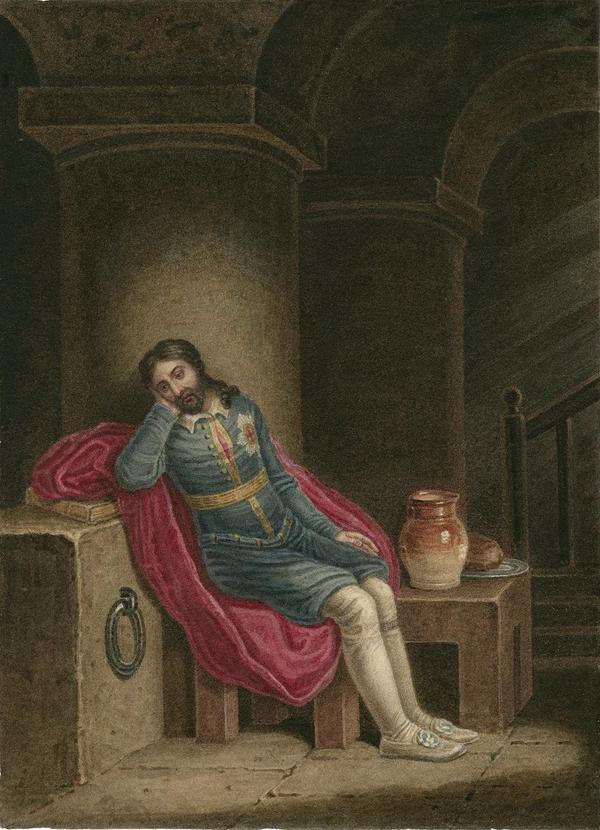
None of these killings fit the lone gunman
motif. All of these were
essentially political killings perpetrated by the successor to unseat the
current monarch, or prevent any rebellions to restore them.
The Roman emperors
Roman emperors much like the early English monarchs often found themselves at the center of constant political intrigue. Its only fitting that the path for Augustus to become the first imperator was laid with the assassination of Julius Caesar. For the Roman Empire, we will only look at the emperors from Augustus through the reign of Diocletian, whose introduction of the tetrarchy essentially fractured the empire. That means I analyzed 45 emperors who reigned from 31 B.C. to 305 A.D. Out of these emperors 28 were killed outside of battle. I will not analyze each of these deaths in detail as I did with the English monarchs since there are so many, but I will offer a summary.
-
Tiberius, Claudius, Galba, Vitellius, Titus, Commodus, Didius Julianus, Geta, Elagabalus, Goridan III, and Gallienus were murdered either by their direct successor or on behalf of their direct successors. The motivation here for the murderers was quite obvious: to install a new emperor. For example, Claudius was poisoned by Aggripina so that her son, Nero, could rise to the throne.
-
Pertinax, Macrinus, Diadumenian, Alexander Severus, Maximinus Thrax, Philip the Arab, Trebonianus Gallus, Marcus Aemilius Aemilianus, Valerian, Florian, Probus, and Carinus were murdered by their own soldiers. These killings were usually done for practical reasons, such as when the soldiers killed Pertinax, because they felt he ought to pay them more. Or, such as when the soldiers losing confidence in Maximinus Thrax during a siege, opted to simply murder him rather than continue on in a losing situation.
-
Caligula, Caracalla, Aurelian, and Tacitus were killed in conspiracies hatched by Praetorian Guard, the emperor’s personal guard. The Praetorian Guard was often involved in the other conspiracies as well, but these particular instances were started by them. For the most part, the Praetorians were simply trying to free themselves from an undesirable leader, as was the case when they murdered Caligula.
-
Domitian is the odd man out here, as he was suspected to be killed in a palace conspiracy, but it is not entirely clear who the actual mastermind was.
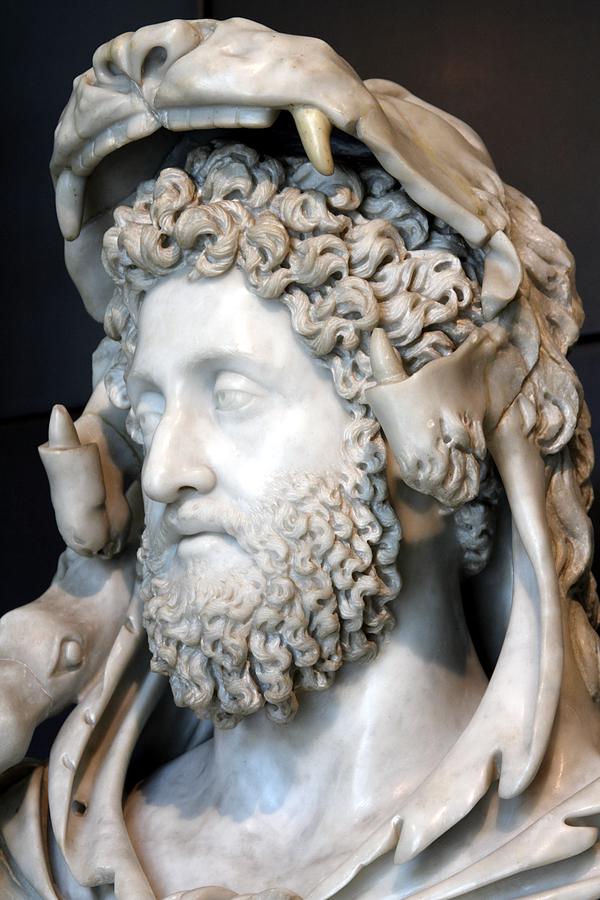
Once again, we have no signs of our elusive lone gunman. The Roman emperors were killed to install their successors, or by those close to them in order to capture some power or turn around their own fortunes.
The Ottoman Empire
The Ottoman sultans have a reputation for having an unstable base of power due to infighting amongst brothers and meddling by the Janissaries, the household troops of the sultan. Despite that however, out of 37 sultans starting with Osman I in 1280, and ending with Mehmed VI in 1922, only four have actually been murdered.
-
Osman II attempted to suppress the influence of the Janissaries after finding them to be undisciplined and degenerate. By cutting their pay and closing their coffee shops, he instead stoked a rebellion. The Janissaries promptly disposed of Osman, and reinstalled his uncle, Mustafa I.
-
Ibrahim, who imposed new taxes and stoked discontent in the capital, was deposed and executed by the Janissaries.
-
Selim III ended up losing the confidence of his people, which led to widespread mutiny and rebellion. His reign culminated with his strangulation by order of his successor, Mustafa IV.
-
Mustafa IV was not in power for long before he found himself being strangled as well. This time on orders from his own brother, who would rise to the throne and become Mahmud II.
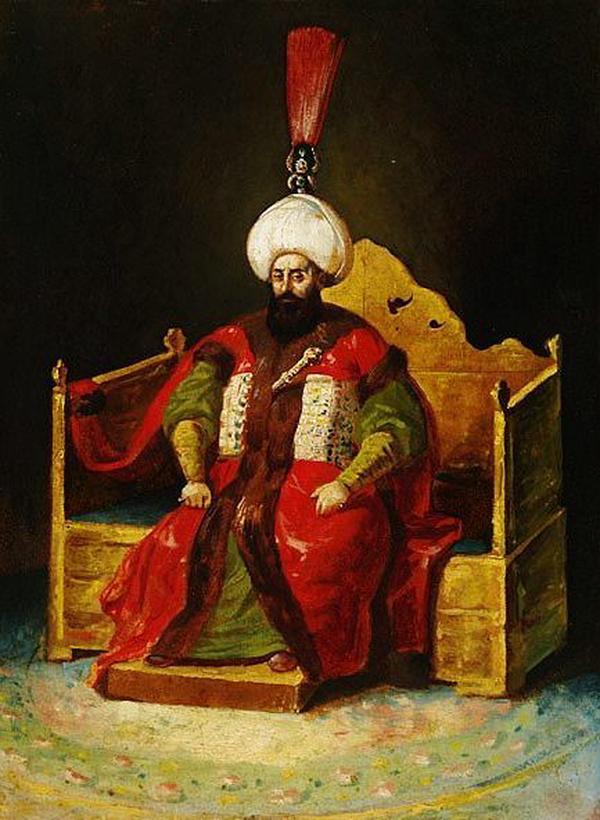
Even in Turkey, we find no evidence of our elusive lone gunman. The killings were orchestrated either by the successors, or the those close to the sultans, the Janissaries.
The Ming and Qing dynasties
Next, we turn our sights to China. The Ming and Qing dynasties ruled most of what encompasses modern-day China for almost 600 years. Amongst them, they had 28 emperors, out of whom three were suspected to be murdered, though it is not definitive that these were assassinations.
-
The Jianwen Emperor was the second emperor in the Ming dynasty, but his reign was plagued by rebellion. His uncle would eventually lead a successful rebellion to overthrow Jianwen, and succeed him as The Yongle Emperor. It is speculated that The Jianwen Emperor died during the burning of the palace.
-
The Yongzheng Emperor, part of the Qing dynasty, is officially claimed to have died peacefully. But, there are rumors that instead he was murdered by the daughter of a man whom he persecuted. If true, this would be a murder which fits the lone gunman motif.
-
The Guangxu Emperor, the second-to-last emperor in both the Qing dynasty and Chinese history, also suffered a mysterious death. It is now believed that he was indeed poisoned. It is also widely speculated that he was poisoned by his adoptive mother, Cixi, who was the de facto ruler at the time, while Guangxu was a puppet. Once Guangxu decided to assert himself, it is believed Cixi poisoned him, so that she may install a new puppet.
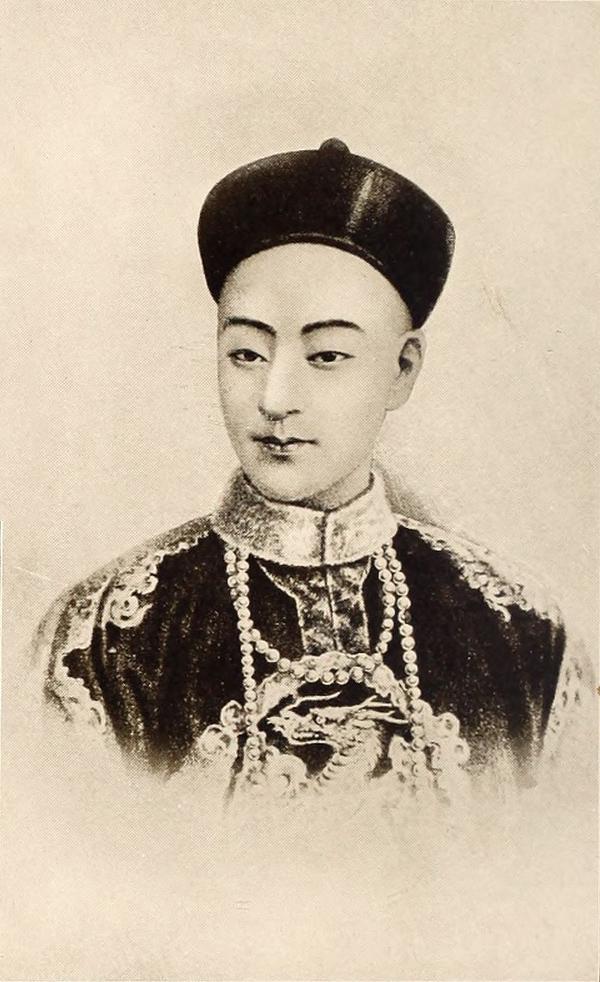
Out of these killings, we can only really say that one of them fits the lone gunman motif, if it is true.
Analysis
To summarize, we have looked at 150 heads of state. Out of these, we can say
reasonably that 41 were murdered. And out of those, we can say that maybe just
one was murdered by a lone gunman.
On the other hand, there have been 46
presidents of the United States, and four have been murdered by lone gunmen.
This seems statistically unlikely. From history, we can conclude that hardly
anyone actually kills for ideals. On the surface, this makes sense. Plotting
to kill a prominent leader without any powerful state officials or aristocrats
backing your cause is bound to fail. As Machiavelli said, conspiracies are
always beset with endless difficulties,
so a conspirator can’t act alone
and can look for accomplices only among people he believes are unhappy with the
situation.
And, going through all that for no guarantee of power afterwards?
Insanity.
So then, why were there so many lone gunmen these last two centuries? One
explanation might be that people are just more willing these days to act solely
based on ideals rather than power. But is it likely that every assassination
fits this bill? Not even one of them was a coordinated plot to overthrow the
current head of state, and replace them with someone more desirable? Unlikely.
Another explanation might be the gun portion of the lone gunman.
Perhaps
throughout history there were many aspiring lone gunmen who simply could not
execute their plans, because knives, swords, and bows are unsuitable weapons for
completing the deed. We can dismiss this however, given that all the lone gunmen
attacks we looked at happened at close-range, except for JFK’s assassination.
The final objection to my thesis might be that we are past the time of political
assassinations, orchestrated by state actors. Mohammad Reza Shah Pahlavi, Saddam
Hussein, and Muammar al-Qaddafi would like a word.

Given these facts, I argue that it’s statistically nonsensical to dismiss conspiracy theories around prominent assassinations. They may not hold water individually for other reasons. But, when a prominent leader dies, you should always consider who stands to gain from it. The amount of power that can be captured from pulling off such an assassination is immense. Furthermore, we can also see that in order to get power, you need power. Such a plot is unlikely to be pulled off without those who are powerful and close to the target. In other words, you almost always need a conspiracy.
Let me know what you think about this article by leaving a comment below, reaching out to me on Twitter or sending me an email at pkukkapalli@gmail.com